
Fitness trackers range from the simple to the more complex, and of course with more features comes higher cost. Our Samsung Gear Fit2 review takes a look at a GPS sports/fitness band with plenty of features — and surprisingly doesn’t break the bank.
Specifications
Samsung’s Gear Fit2 has the following features and specifications:
- Track your step count, calories burned, heart rate, sleep quality and more.
- Map your activity accurately with the built-in GPS.
- Auto tracking recognizes and starts Tracking multiple exercises when you move.
- Receive and respond to notifications, calls and texts right on your wrist.
- Store your favorite music on the Gear Fit2 or connect with Spotify to access millions of songs.
- Display: 1.5″ Touch Curved sAMOLED (216 x 432 resolution)
- Memory: 512MB
- Storage: 4GB
- Battery: 200mAh
- Sensors: GPS, Heart Rate, Accelerometer, Gyro, Barometer
- Processor: 1GHz Dual-core
- Water/Dust Resistant: IP68
- Compatibility: Galaxy devices Android 4.3 and above that have minimum 1.5GB RAM, non-Galaxy devices Android 4.4 and above that have minimum 1.5GB RAM.
- Case Dimension: 24.5mm x 51.2mm
- Strap Length: 108mm x 95mm (L); 95mm x 84mm (S)
- Strap Width: 20mm
What’s in the Box
- 1x Gear Fit2
- 1x USB charging cradle
- 1x Quick Start Guide
Design
The Samsung Gear Fit2 is really nicely designed. The main case houses the display and is curved on the underside allowing it to sit nicely on your wrist. On the right side of the case are two buttons — the Back key, and the Home/Power key.
Our review unit came with the Large sized band, which fits wrists between 155 – 210mm around, while a small version is available as well which fits wrists between 125 – 170mm. The bands are swappable, and are removed with a lever on the underside of the sports band. The top band has a single tab on the inside which fits securely in the various sizing holes on the bottom band. The opposite side of this tab (on the outside of the band) is a small oval piece with the Samsung logo on it. In addition, the top band slides through a loop in the bottom band before you fasten them together, which adds a bit more security in case the bands should ever become unfastened from each other (something that never did happen during our testing). The bands are ribbed on the inside, and the Gear Fit2 is very comfortable to wear.
On the underside of the case is the heart rate sensor and the two charging connections. The Gear Fit2 comes with a charging cradle, and recharging the unit is as simple as placing it on the cradle and plugging it into a USB power adapter.
The Gear Fit2 also sports a water and dust-resistant rating of IP68, and Samsung recommends not submerging it for than 30 minutes at a depth of 1.5m. Our review unit was black, you can also get blue or pink Gear Fit2 fitness bands as well.
Display
Simply press either the Back or Home button and the very crisp and bright 1.5″ Touch Curved sAMOLED display will turn on. The display has 11 levels of brightness from 1 through 10 and then an 11th “sunlight mode” which can be enabled for 5 minutes at a time for use in really bright sunlight. I found that for the most part level 5 brightness was enough for most lighting conditions, albeit too bright later in the night and I found myself dialing it back to 1 or 2 during the evening. One thing I got caught with a few times though was forgetting that it was on the lowest brightness which is pretty much impossible to see in sunlight and makes it very difficult to increase the brightness.
The display was very responsive with it’s touch functionality, and I didn’t have any issues with accessing the various screens and menus. You can also set the Gear Fit2 to turn on when you raise and turn your wrist (a natural movement for looking at the time on a watch), and to turn off the screen you simply have to cover it with your hand.
The Samsung Gear Fit2 comes with a number of different watch faces that you can use and customize, and you can install more from the Galaxy Apps store — both free and for sale.
Software/Ecosystem
Of course the heart of any fitness tracker lies in the software it uses, and I have to admit that Samsung has done a pretty bang up job with their S Health app. Unfortunately, it works best with Samsung Galaxy devices and even though I managed to get S Health installed from the Play Store on my Nexus 6P, functionality and integration with the Gear Fit2 was severely lacking. For the duration of my testing, I paired the Gear Fit2 with a Galaxy S7 and the experience was night and day.
As previously mentioned, the Gear Fit2 comes with a number of watch faces pre-installed, and it also comes with a number of apps pre-installed as well. Pressing the Home key when the screen is on will give you access to the Settings and various other apps including the Music Player (which can play music from your phone or from the Gear Fit2), a 24-hour Log, and the Exercise, Steps, Floor, Heart Rate, Together, Water intake, Caffeine intake, Find My Phone, Timer, and Stopwatch apps.
Most apps also have an accompanying widget, of those mentioned above only the Find My Phone, Timer, and Stopwatch apps didn’t, and you can configure up to 8 widgets to be displayed on the Gear Fit2. Widgets are accessed by swiping right on the Gear Fit2 and can be reordered from the fitness band. Apps can be reordered or removed from the Gear Fit2 through the Samsung Gear app on your smartphone. Each widget has a main screen which when tapped will open up a second detail or function screen. The second screen will either display further details or allow you to set up an activity or other specifics depending on the app the widget is for.
The S Health app however is where you’ll find your most useful information as it continually updates with data sent back to your smartphone from the Gear Fit2. I know I’ve mentioned it before, but the S Health/Gear Fit2 integration works much better on a Galaxy device and in fact, even though I had it paired with my Nexus 6P, the Gear Fit2 icon didn’t show up in the S Health app so it made the S Health app basically useless.
Samsung’s S Health app tracks everything the Gear Fit2 can throw at it, and more. Over time you’ll build up a history and can track trends, and view your “awards” — achievements that S Health notes for meeting your step count for consecutive days or when you’ve had a new personal best floor count, or other such items to keep you motivated. Speaking of motivation, S Health also has a Together tab — and app on the Gear Fit2 — that allows you to “compete” with one other person who’s also using S Health.
I could go on and on about each individual S Health feature, but the short of it is that S Health and the Gear Fit2 integrate well together — and so they should — to track everything from your daily heart rate averages to workout routes to water intake to daily steps taken and everything in between.
As for integration with non-Galaxy devices, the Gear Fit2 basically works as a standalone tracker. I’m not sure if it’s because I am running Android 7.0 Nougat, but S Health consistently froze and crashed on my Nexus 6P. The odd times it did launch, a message came up indicating it was syncing with the Gear Fit2 but the syncing never seemed to complete. The Samsung Gear app on the other hand worked just fine and I was able to customize the settings on the Gear Fit2 through Samsung Gear with no issues.
Performance
Pairing the Gear Fit2 to your smartphone is done through the Samsung Gear app on your mobile device. As mentioned above, I was able to successfully pair it with both a Nexus 6P and a Galaxy S7 — although not at the same time. If you want to pair it to a different device, you have to format the Gear Fit2 back to factory settings, but you can then restore your setup from the Samsung Gear app on the new mobile device you’ve paired it to if you’ve backed up the settings from your previous device.
As far as performance goes, the Gear Fit2 seemed pretty accurate as far as I could tell. There were numerous times when walking that I either counted the steps and compared from time to time, or watched the display as the step count correctly increased with each step I took. The built-in GPS worked pretty well most of the time, although there were a few times that the Gear Fit2 complained that it couldn’t get a GPS signal and suggested I move to an open area even though I already was. Most of the time I had these issues though was in more rural areas, once in urban areas I didn’t notice that issue once. The GPS is accurate and the maps of your workout path can be viewed using the Samsung S Health app.
If you set the auto-heart rate on, the Gear Fit2 will take your heart rate at intervals throughout the day and give you a maximum/minimum heart rate range each day. While I didn’t verify the heart rate numbers it returned, when tested against another fitness tracker at the same time they came up with very close results. Sleep tracking worked for the most part as well, but there was the occasional afternoon nap that it didn’t track.
Other features like music controls and playback from the Gear Fit2 worked well, and it was nice to be able to use the Gear Fit2 and a pair of Bluetooth headphones to listen to music without having to carry a phone around. Notifications came through the Gear Fit2 just fine as well, although the canned responses that you can set up only worked with messaging and phone apps, unfortunately, they didn’t work for apps like Hangouts.
Overall the Gear Fit2 performed well aside from the minor GPS issues.
Battery Life
Battery life is a bit of a mixed bag with the Samsung Gear Fit2. With the default screen and functionality enabled, I was able to get about a day and a half with regular use before having to recharge it. As it takes roughly an hour and a half to recharge, I usually charged it in the evening when I wasn’t doing much before strapping it back on before heading to bed.
When placed in power saving mode by long pressing the Home/Power button and switching back to normal mode to input water or coffee intake, take my heart rate, or track an exercise, I was able to push it to just over 3 days before requiring a recharge. Power saving mode disables most functionality like notifications, auto-heart rate monitoring, and most others though and will basically only track your steps, floors, and calories while utilizing a greyscale screen.
Price/Value
Priced at $179.99USD, you’re definitely getting good value for the features included with the Gear Fit2. The fitness band is currently priced starting at $161USD on Amazon, which of course only sweetens the pot.
Wrap-up
Overall the Samsung Gear Fit2 is an exceptional sports and fitness tracker — assuming you have a Samsung Galaxy smartphone. It integrates well with Samsung’s S Health app, has a decent battery life, and is definitely priced right considering the number of features on it. That being said, I feel that Samsung is missing a huge opportunity by limiting its compatibility to Galaxy devices.
*We were sent a demo unit of the Samsung Gear Fit2 for the purposes of this review.
Last Updated on February 20, 2020.

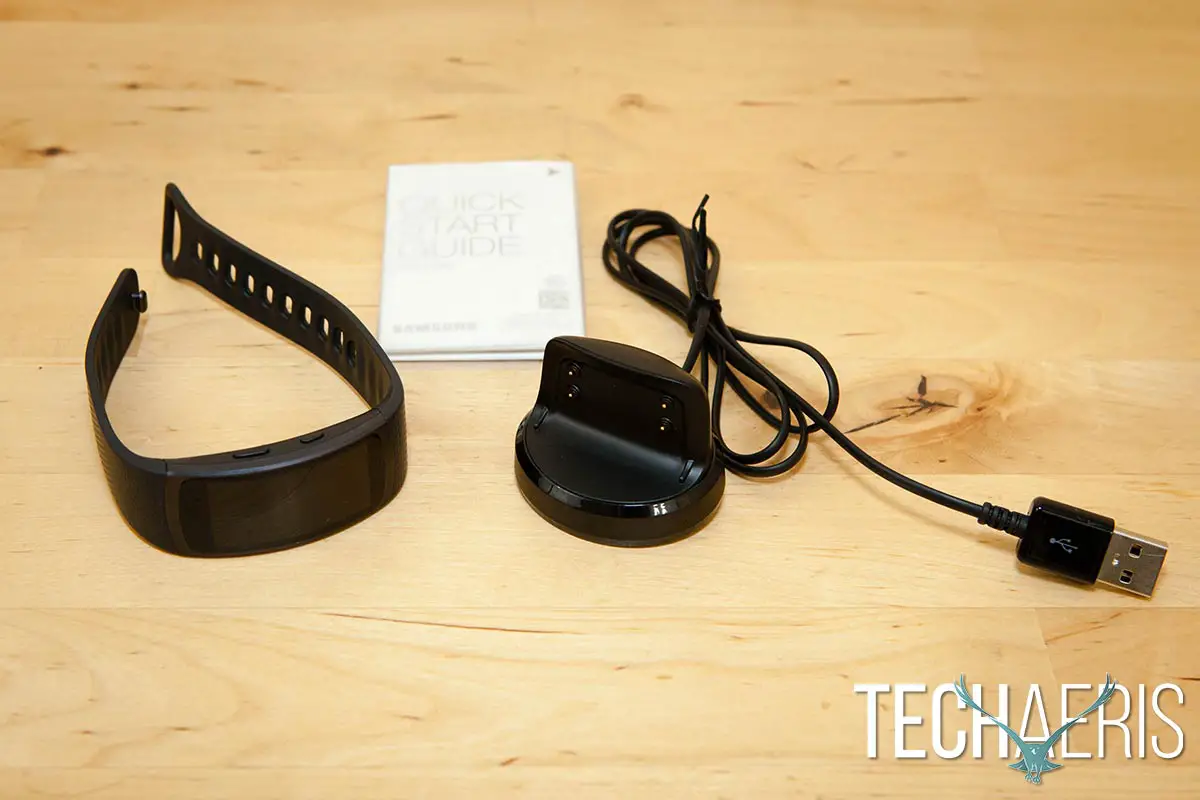
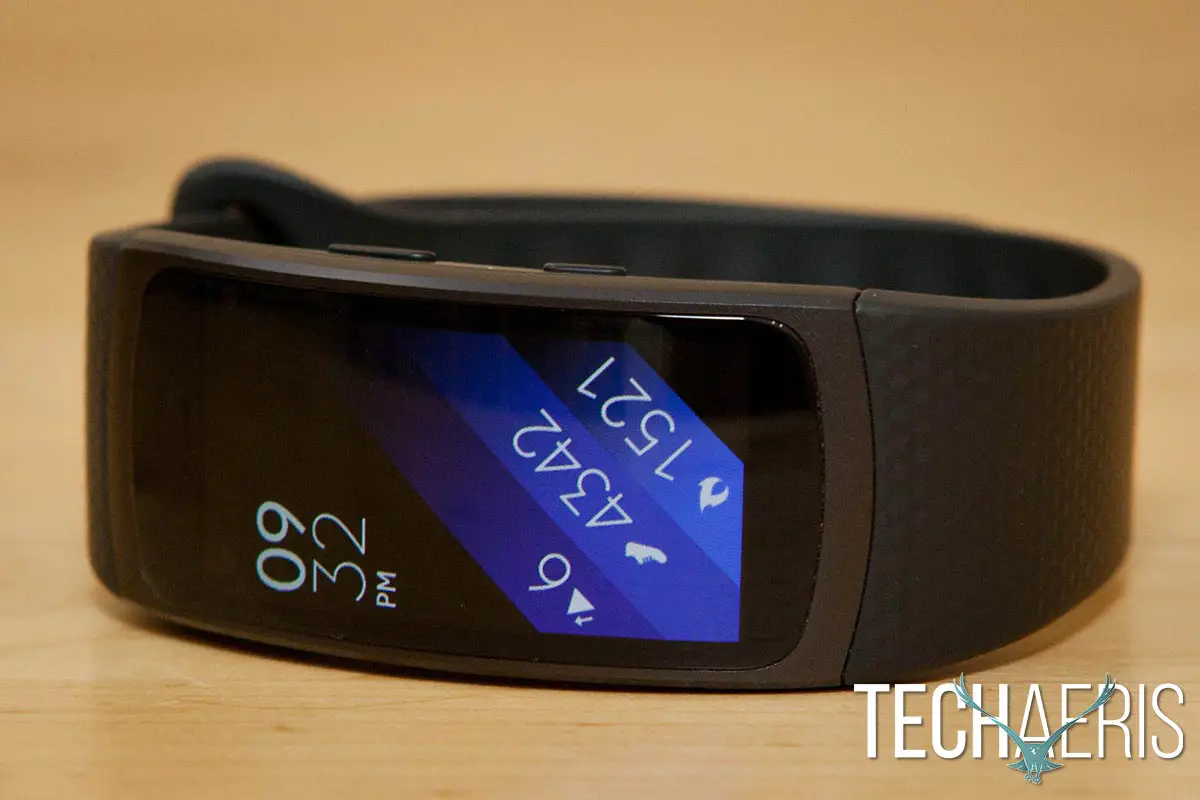
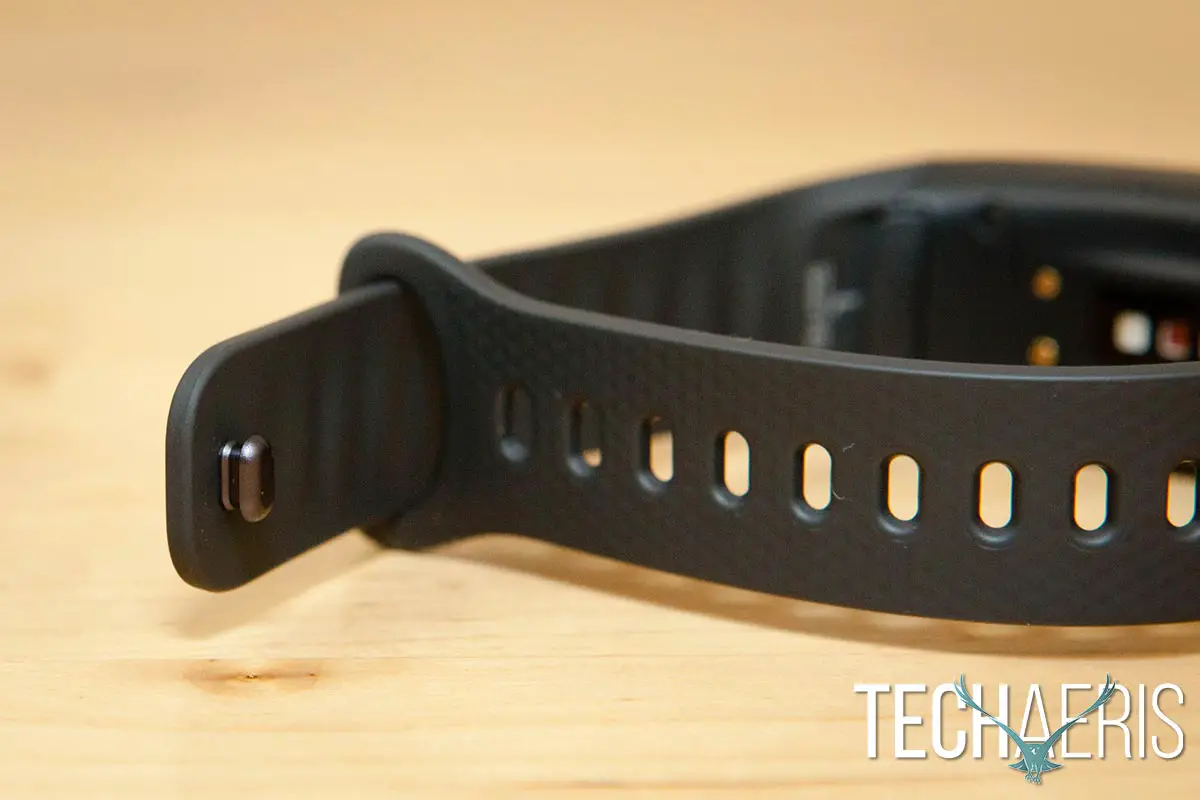
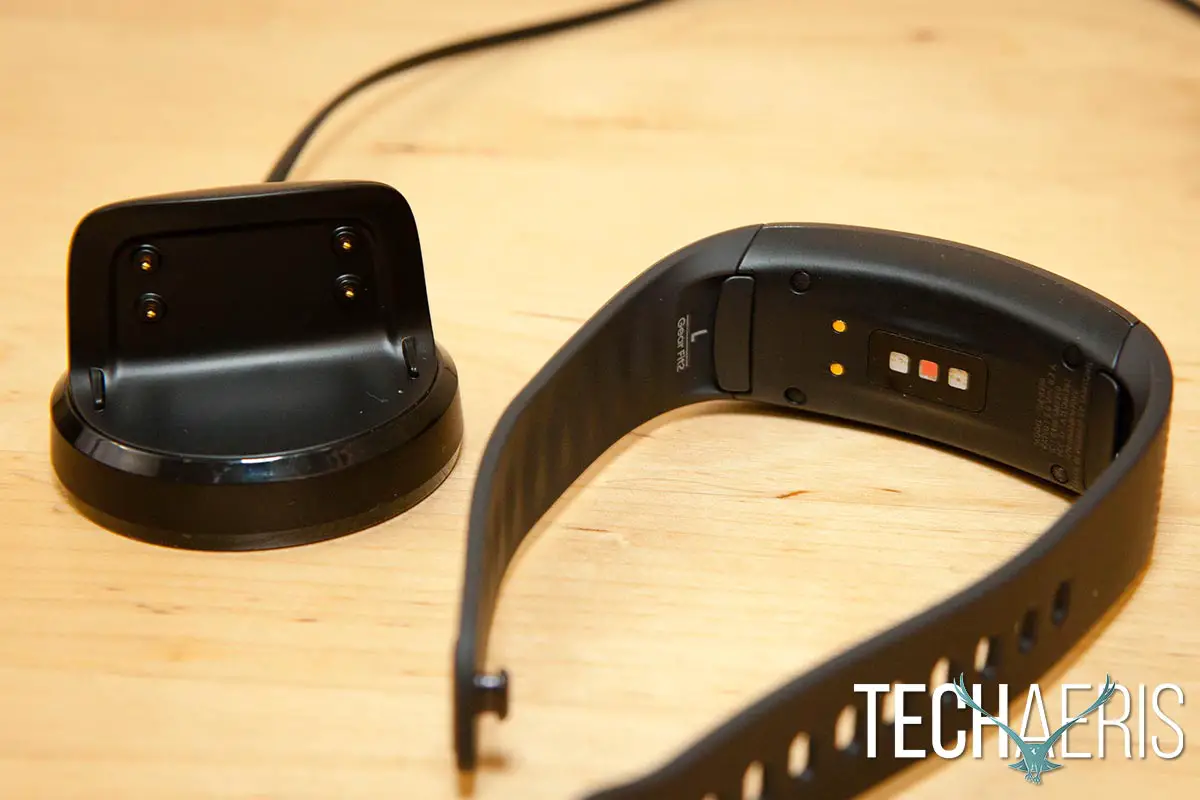
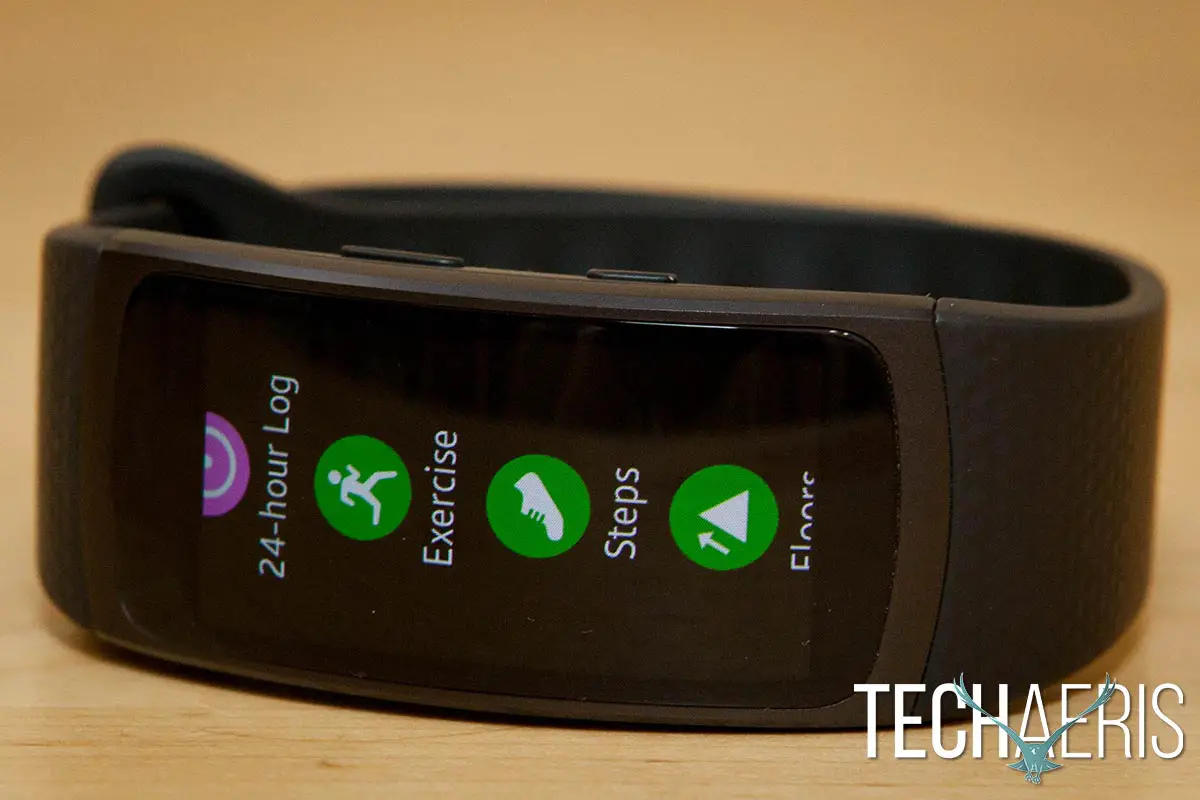
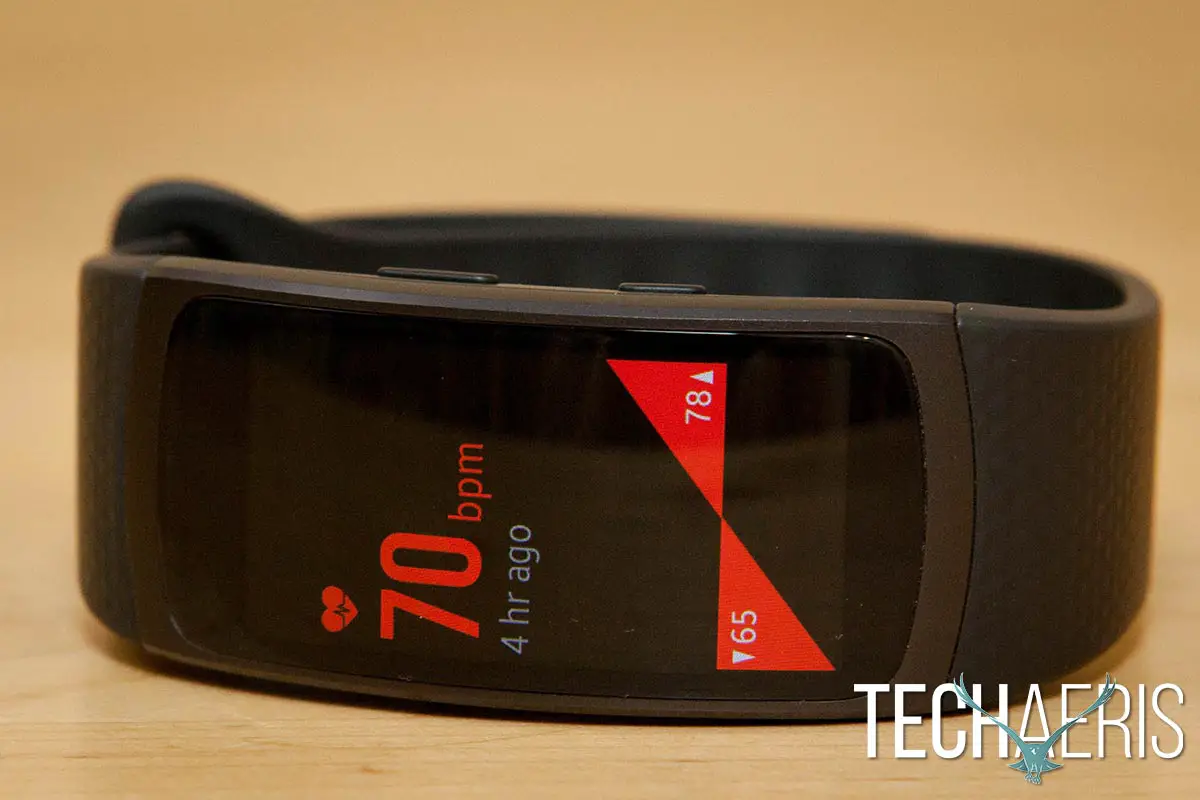
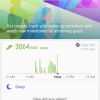
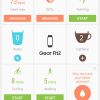
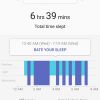
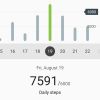
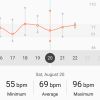
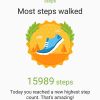
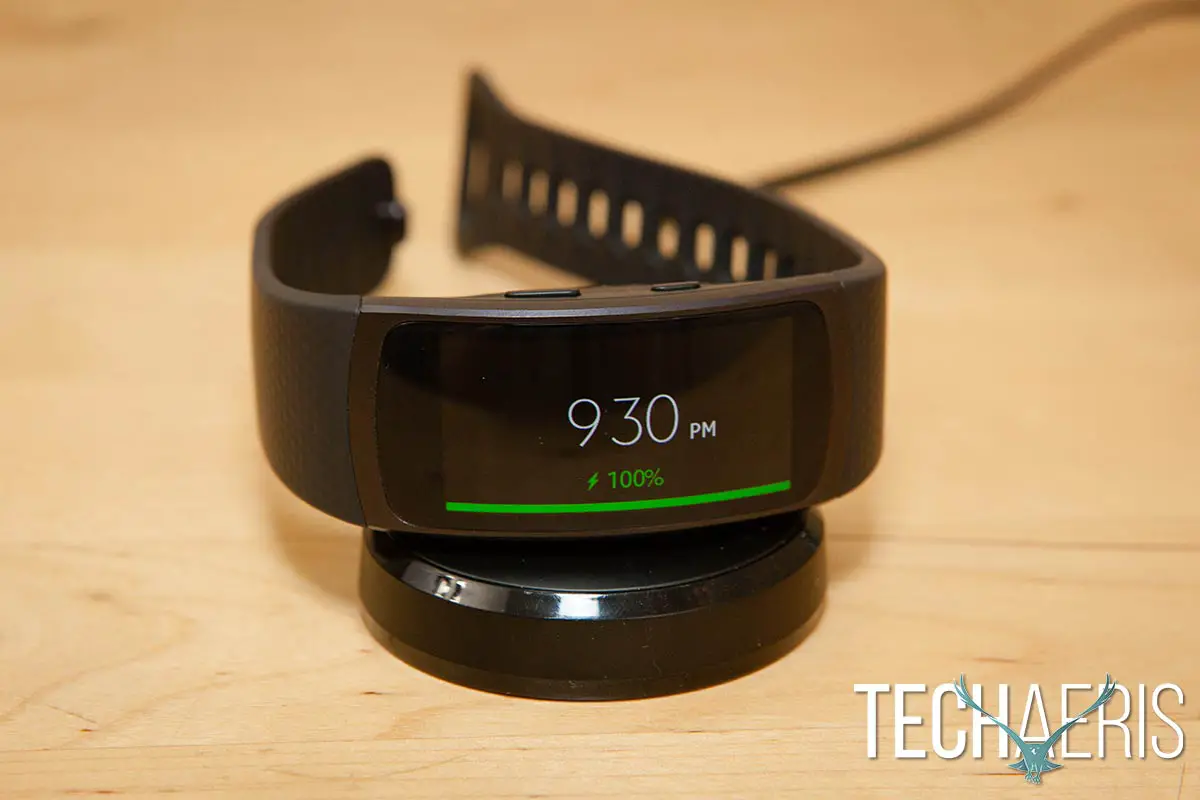
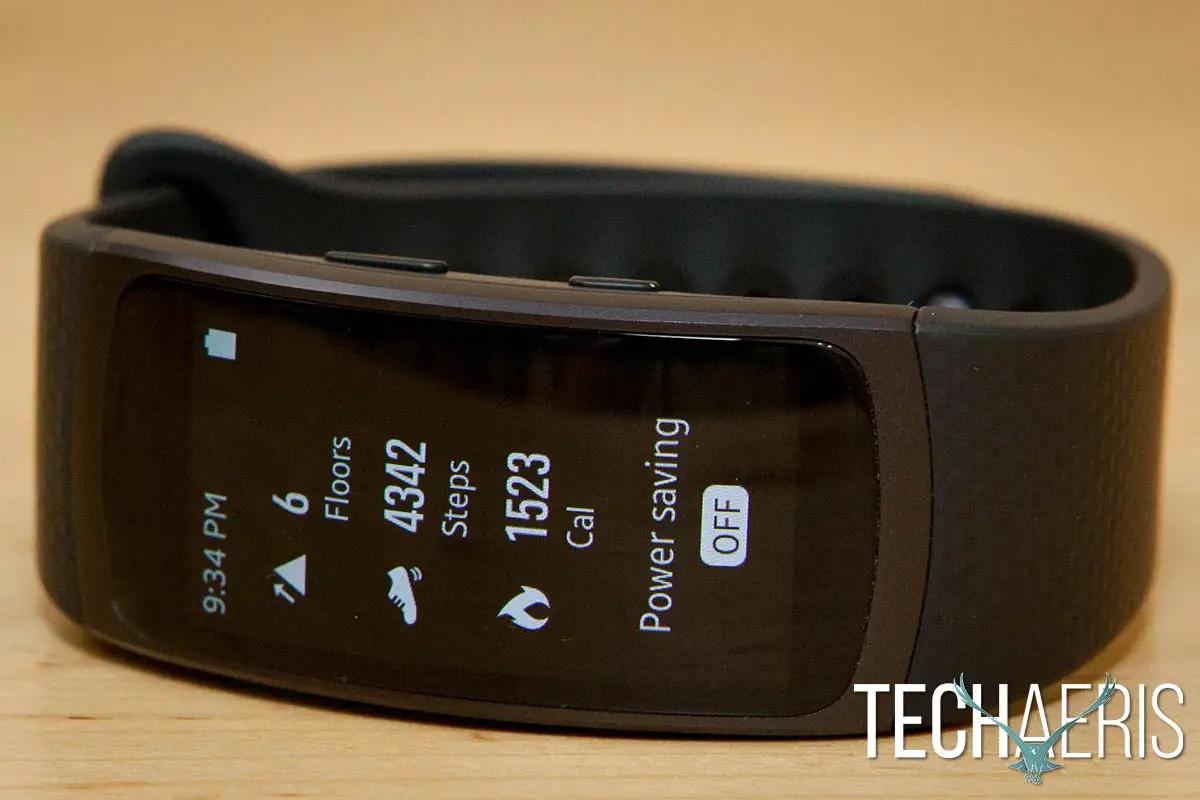
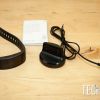
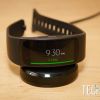
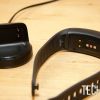
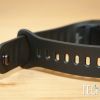
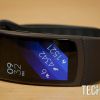
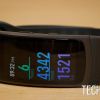
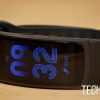
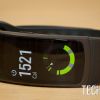
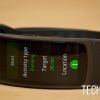
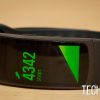
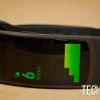
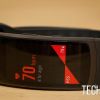
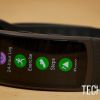
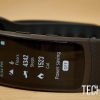
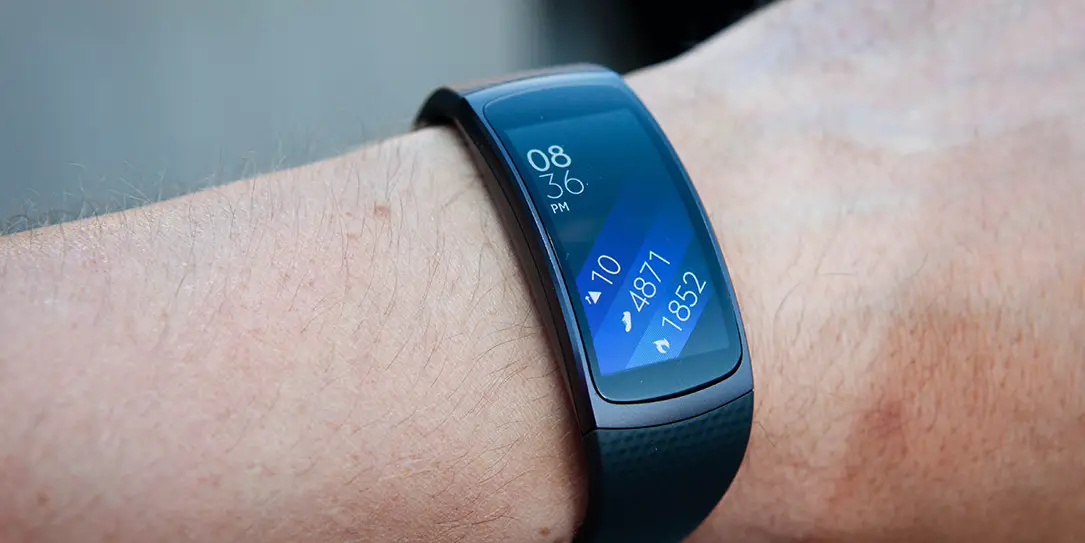









Comments are closed.